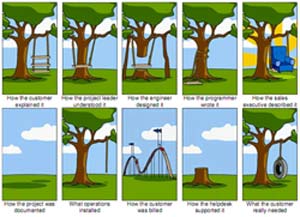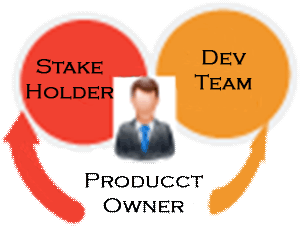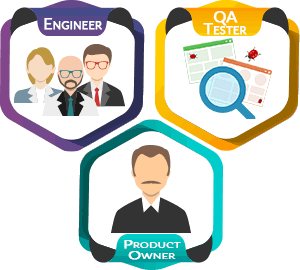There are two big risks in software development. The first, and most obvious, is not getting the thing done. The second is building the wrong thing. The project management tree swing cartoon below is famous amongst those of us who have engaged in any kind of software project management.
One way to avoid the second problem is to postpone doing anything until you’re sure you know what’s desired. But that really courts the first risk: not delivering anything.




